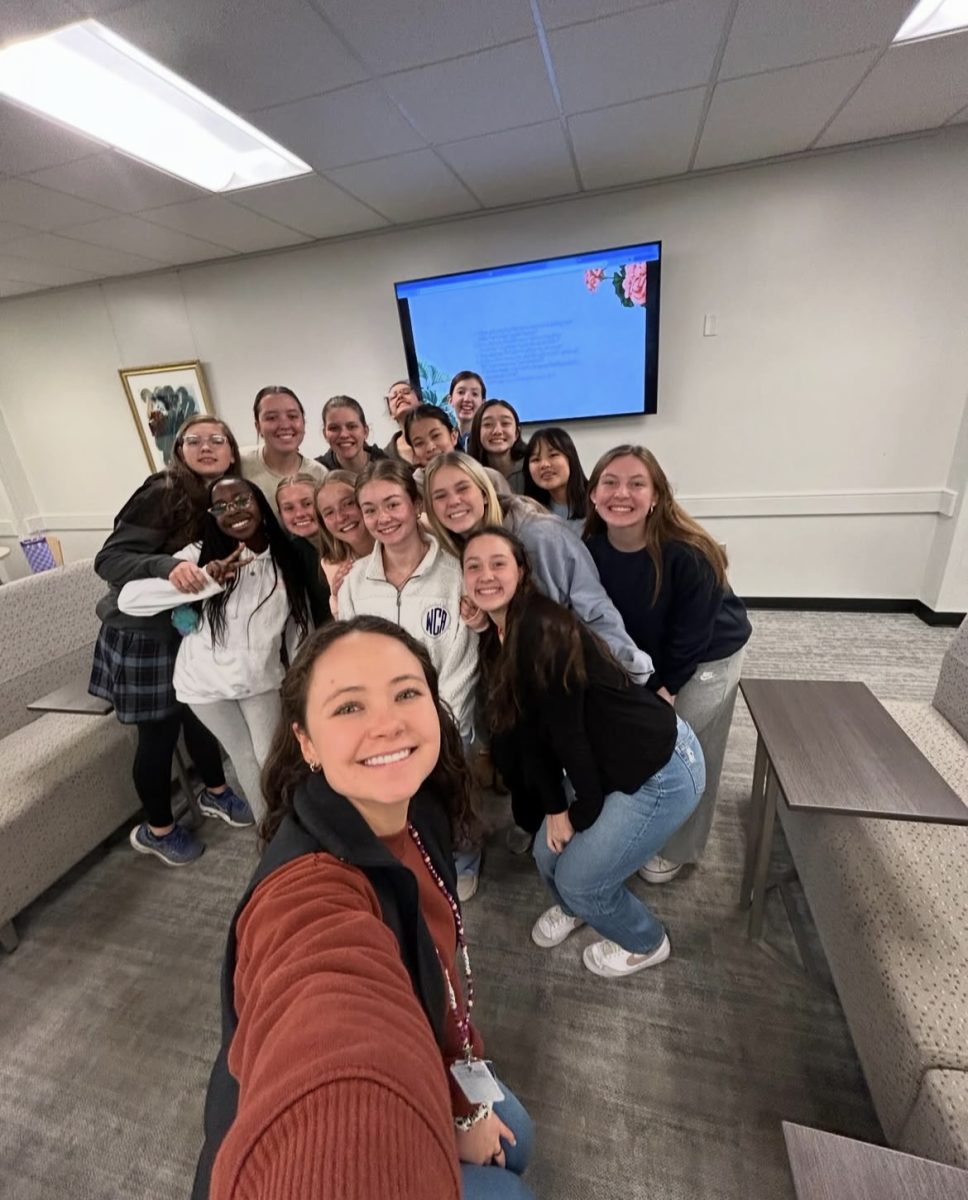The U.S. Olympians’ appearance during the opening ceremony in London this past summer was met with much criticism, due to the fact their outfits were made in China. Once again, Americans were reminded of the sore “made in China” subject.
When it comes to blue collar jobs in America, much blame is commonly placed on American companies moving their factory jobs to China. But, the reality is that terms such as “made in China” and “made in America” are gradually becoming irrelevant.
In fact, many trade professionals, including Pascal Lamy, chief of the World Trade Organization, would argue that the new theme is “made in the world”.
From a job perspective, the problem is no longer outsourcing, but rather, technology.
America has clearly established itself as the capital of innovation during the past 100 years. Various inventions, from Henry Ford’s first car to the iphone, are evidence of such innovation. Even today, the progresses in technology taking place in Silicon Valley are mind-boggling.
But, technological innovation has proved to be double-sided. Innovation in technology has connected the world with internet, texting, emailing, and calling. Yet, at the same time, created more and more intense competition when it comes to jobs.
“In the last decade, we have gone from a connected world – thanks to the end of the cold war, globalization, and the Internet – to a hyper-connected world – thanks to those same forces expanding even faster,” said Thomas Friedman, a columnist of the New York Times.
Take blue-collar workers during the industrialization of the West for example. Before war, globalization, and the Internet ran their courses, blue-collar workers, such as farmers, competed for jobs on a national level. Due to the before listed affects, the world became connected, and they had to compete with more workers from other countries, such as China or India.
Friedman suggests that as the world becomes hyper-connected, due to even more expansion, the new challenge will be to attain a white-collar job. No longer is the competition reduced to blue-collar jobs, rather, white-collar workers are beginning to compete with robots, software, and cheap geniuses from other countries, putting the “made in China” term out of date.
From a blue-collar perspective, more and more jobs will continue to be taken by robots and technology because they are simply cheaper.
Rodney Brooks, behind the robot company, Rethink Robotics, that recently created a robot named Baxter, says that his creation will cost $22,000 and have a life of 6,500 hours, which is nearly three years of a factory life. Although this may seem ridiculously expensive, Brooks says it actually averages out at $3.40 per hour, which is close to the wage of Chinese factory workers.
In a time where companies must have efficiency and productivity to survive stiff competition, his robot proves to be an inevitable option due to its efficiency and price. The result is more and more factory jobs will be taken away.
It is important to consider that machinery, including this robot, create jobs. Robots require programming, machinery requires checkups, and technology requires fixing – innovation in technology also creates jobs.
So, do the jobs created compensate for the jobs lost? Not exactly. The big issue is that the jobs created by technological innovation require more skills than the jobs lost in factories.
The jobs of blue collar workers that robots replace on an assembly line might be welding, assembling, or painting. But, the only job that would be created by the robot might be programming. And, the special skills required to program some robots are very different than those required to weld pieces of metal together.
The point is, robots are stealing factory jobs, and leaving blue collar factory workers with white-collar jobs.
From a bigger perspective, the result is jobs are becoming more and more difficult to attain. And as innovation continues to take its course, more and more will be needed to land a job.
In 1908, Henry Ford introduced the first working assembly line. During this period of time, in order to get a well paying factory job, one had to have the skill of assembling and screwing things into place. Today’s culture portrays a very different picture: in order to get a good job, one must graduate college with a degree. Such good jobs might include an engineer, teacher, or architect.
The difference in skill sets demonstrates the effect technological innovation has had on the past 100 years. And, if innovation continues to accelerate as it has in the past 100 years, who knows if there will even be any blue-collar jobs and how difficult it will be to attain a white-collar job in the next 50 years.









